Solar storm warning issued for today; geomagnetic storm may spark auroras, power cuts
Be prepared for a solar storm today. You may get to see dazzling auroras and some power disruptions due to geomagnetic storm.

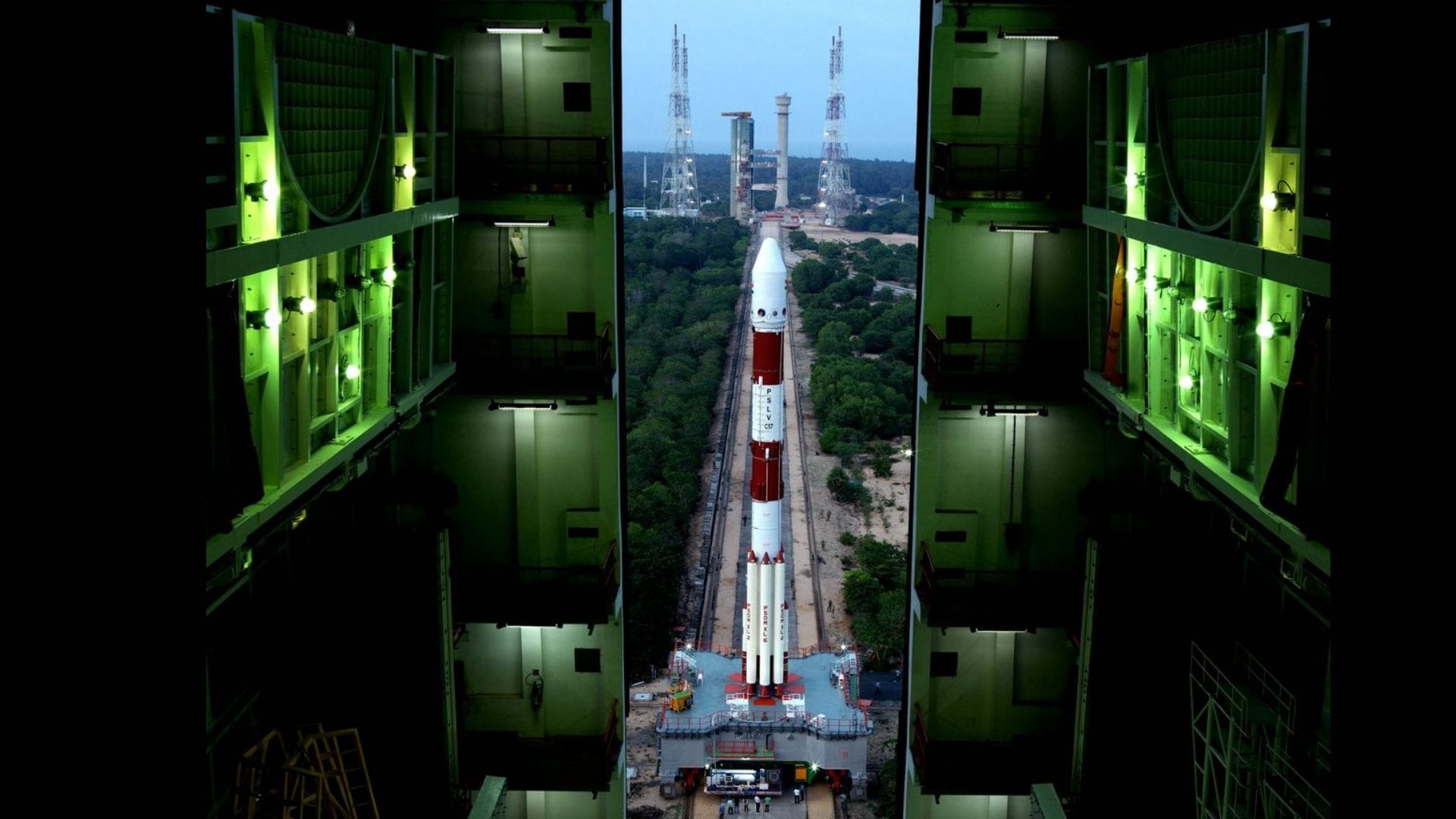
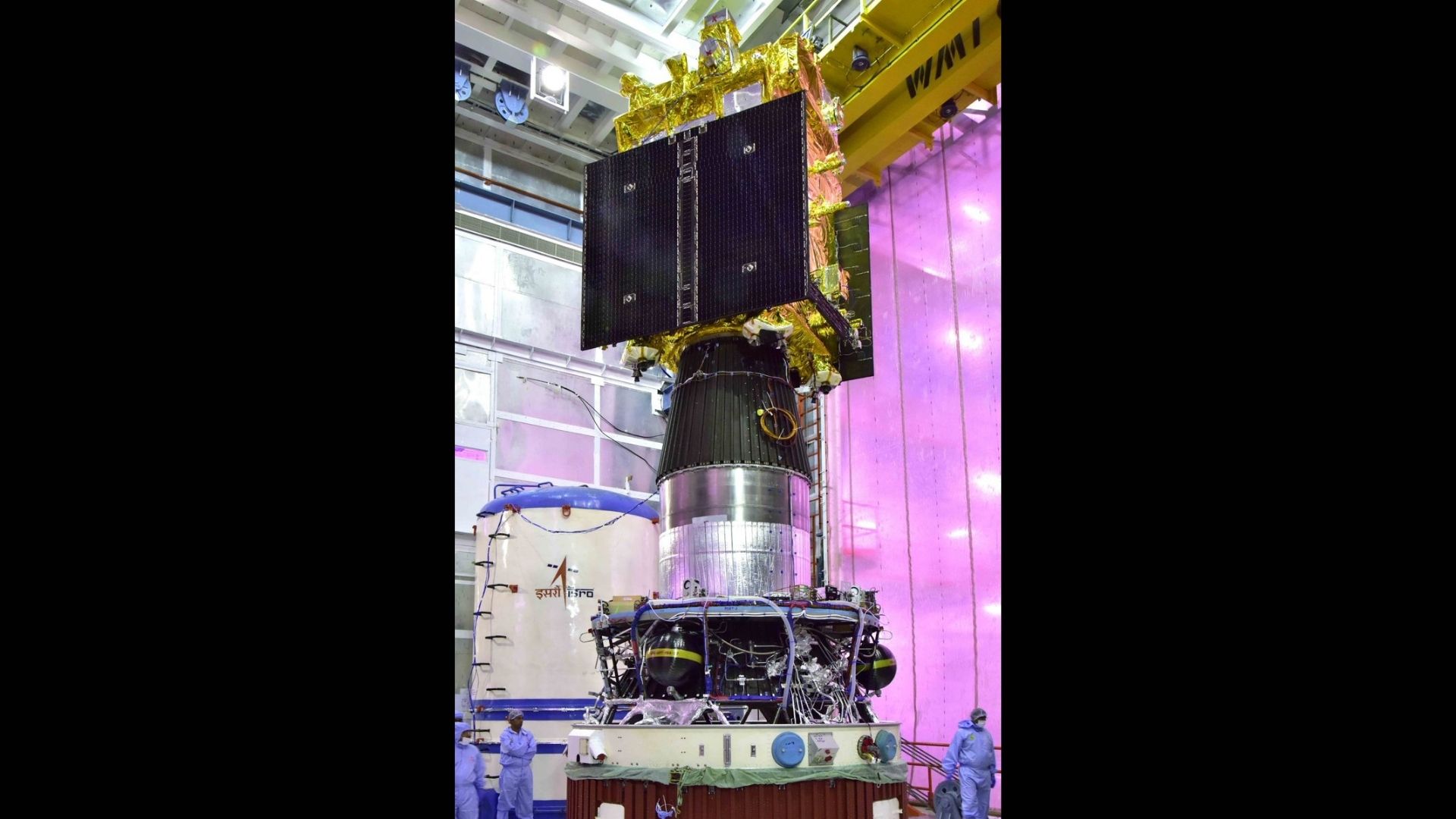
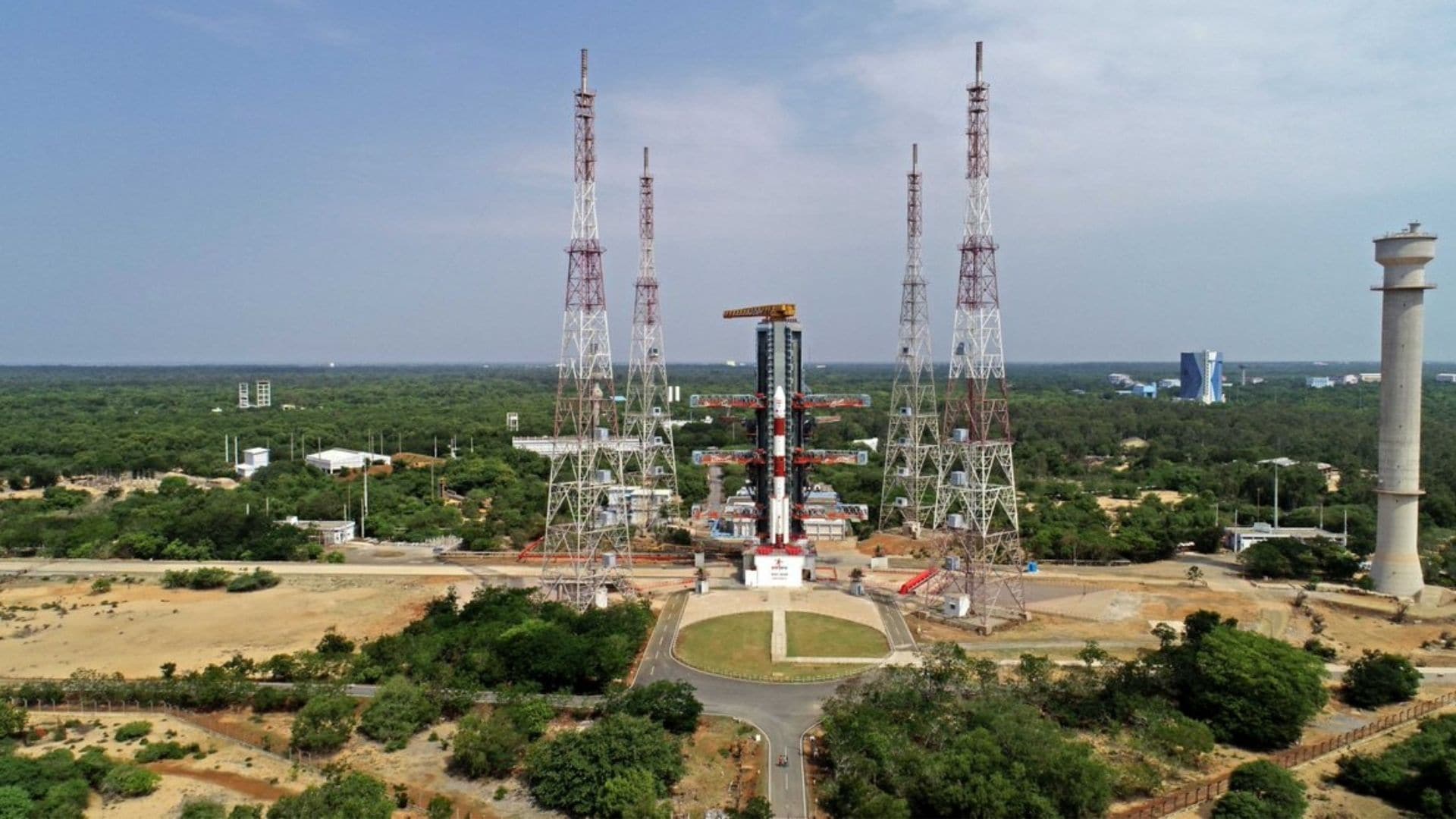

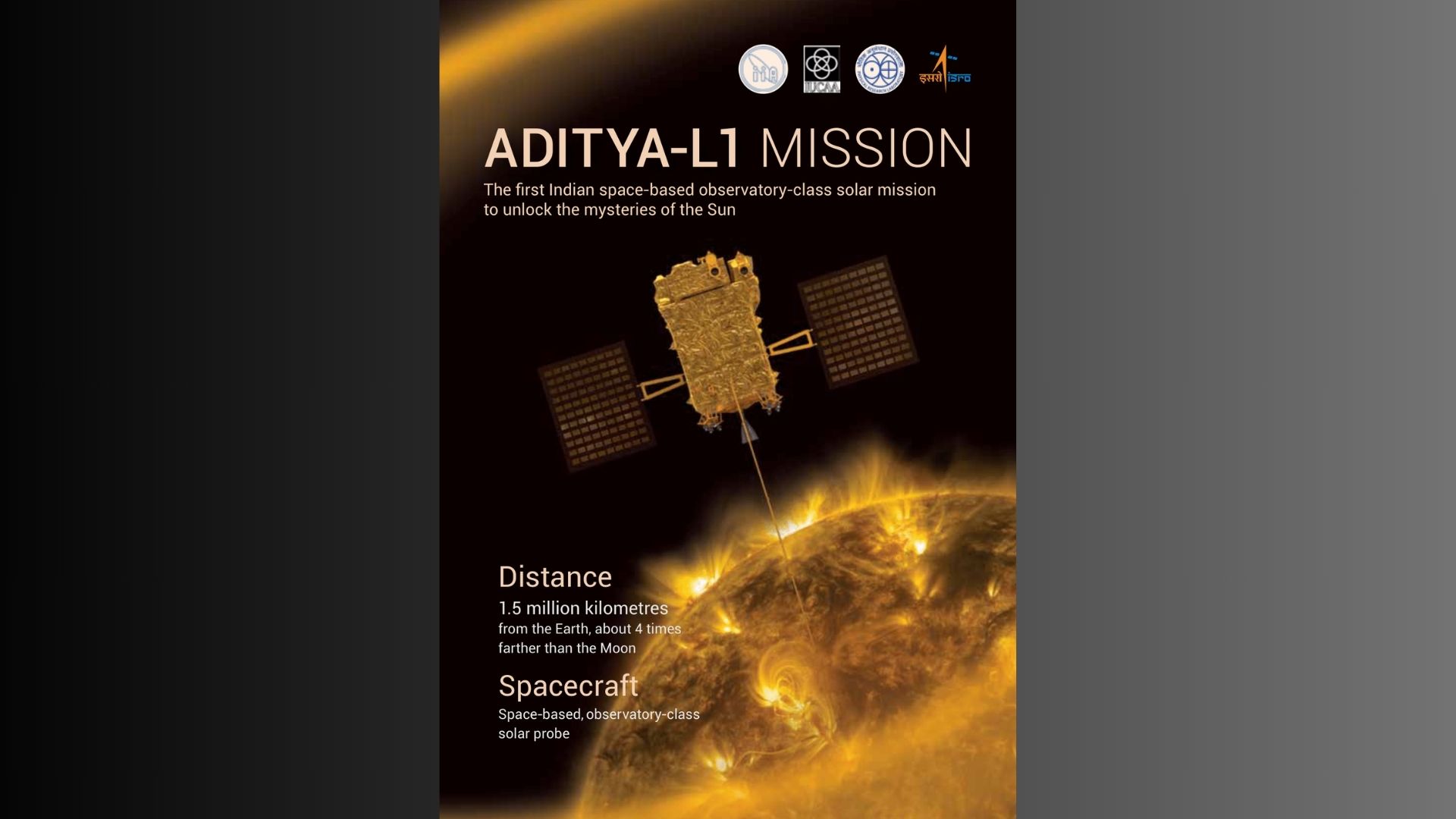
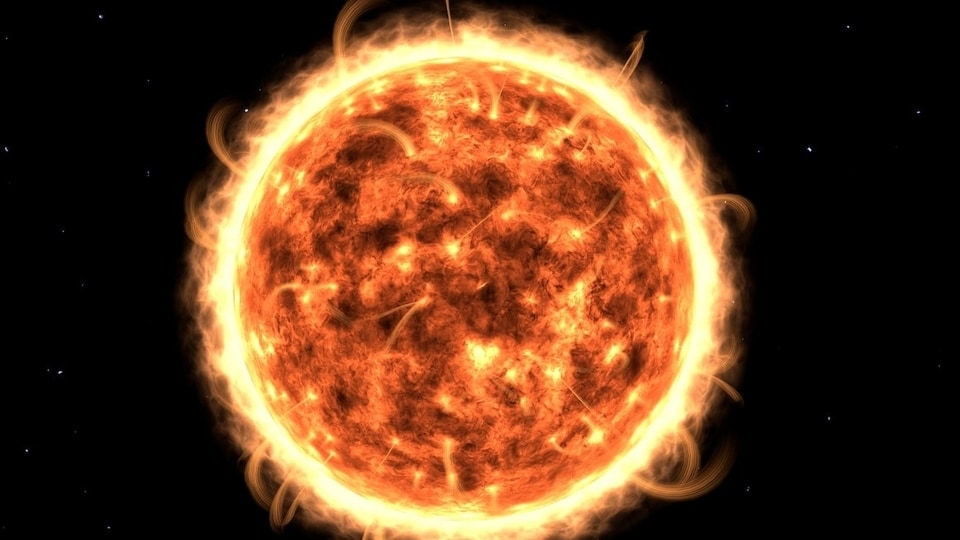
 View all Images
View all ImagesA solar storm is heading for Earth today and the Space Weather Prediction Center (SWPC) of the National Weather Service has issued a Geomagnetic Storm Watch for today, September 3, 2023. On this day, Earth may experience a G1 level geomagnetic storm, the mildest on the 1-5 scale. While this geomagnetic storm could cause some aurora displays and minor disruptions in electrical grids, navigation, and communication systems, it is not expected to be a severe event, according to spaceweather.com
The Current Geomagnetic Activity
The SWPC reports that a minor G1-class geomagnetic storm began on September 2nd as Earth was hit by a high-speed solar wind stream that is generated by the Sun when it releases huge amounts of energy out into space. Notably, this solar storm is distinct from two Coronal Mass Ejections (CMEs) heading towards Earth. The first CME left the sun on August 30th, and the second was launched on September 1st. The arrival of these CMEs on September 3rd may extend the ongoing storm and potentially elevate it to a G2 level geomagnetic storm.
What Are Coronal Mass Ejections (CMEs)?
Coronal Mass Ejections, or CMEs, are massive releases of plasma and magnetic fields from the Sun's corona. They can expel billions of tons of material and carry an embedded magnetic field stronger than the background solar wind's interplanetary magnetic field (IMF). CMEs travel at varying speeds, some reaching Earth in as little as 15-18 hours, while others take days. As they move away from the Sun, CMEs increase in size, with larger ones encompassing a substantial portion of the space between Earth and the Sun upon arrival.
The Impact of Geomagnetic Storms
When a CME interacts with Earth's magnetosphere, its impact depends on the energy level and angle of contact. Geomagnetic storms have the potential to disrupt electronics, electrical systems, and spacecraft communication. They can also produce spectacular aurora displays in the night sky.
In the case of the G1-class geomagnetic storm today, minor power grid fluctuations may occur, especially in northern latitudes. Satellite operations could experience minor disruptions, and aurora displays may extend further south than usual, potentially reaching northern Michigan and Maine. If the geomagnetic storm intensifies, auroras could become even more vibrant and extend further southward.
While this storm event is being closely monitored, it is important to note that it is expected to be relatively mild, with minimal impacts on daily life and technology.
Catch all the Latest Tech News, Mobile News, Laptop News, Gaming news, Wearables News , How To News, also keep up with us on Whatsapp channel,Twitter, Facebook, Google News, and Instagram. For our latest videos, subscribe to our YouTube channel.

























